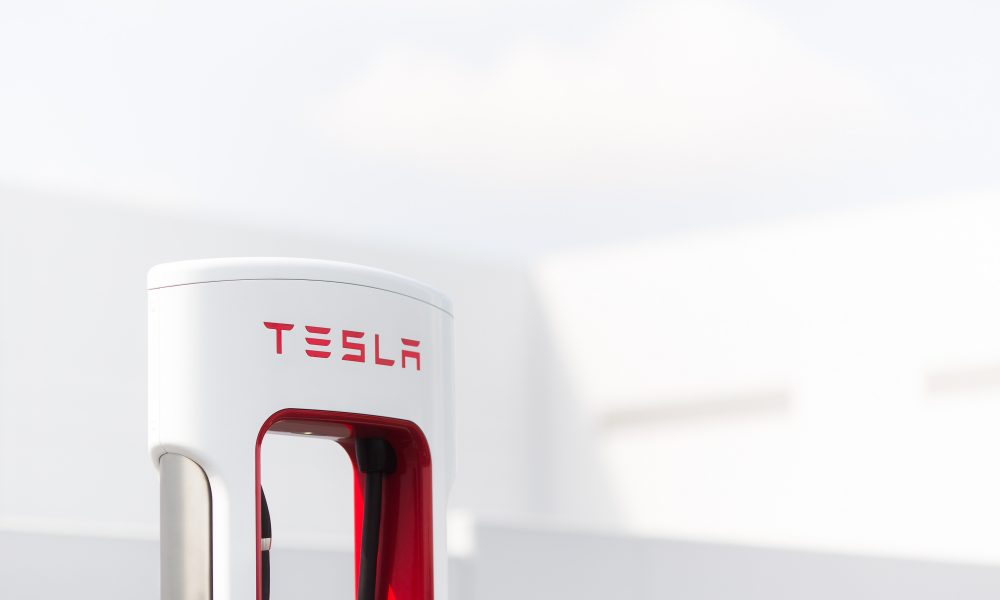Lenovo has published a study showing what new data centers will look like to prepare companies in the EMEA region for the future. From efficiently powering AI workloads to responding to urgent demands for sustainability and regulatory compliance, traditional data center designs are falling short.
The ‘Data Center of the Future’ study shows that almost half (46%) of IT managers recognize that their current infrastructure does not adequately support their IT objectives. electric power or carbon reductiontwo serious problems for the industry in the deployment of AI. This gap highlights the growing environmental pressure generated by AI, automation and the exponential growth of data, which has meant that traditional cooling systems (such as air cooling) are having serious difficulties balancing efficiency, costs, regulatory and environmental compliance.
At the same time, an overwhelming 99% of the IT managers and senior managers in the region consulted assure that the data sovereignty will be very important in the way data is collected, stored and processed going forward. It is evident, they say from Lenovo, that regulatory compliance and control over where data resides will be elements that will define the design of data centers in the future. At the same time, 94% of respondents highlight low latency as a key requirement, both now and in the coming years, driven by the growth of real-time applications and computing. edge.
What the data centers of the future will look like in Europe
Lenovo has collaborated with engineering firm AKT II and Mamou-Mani architects to imagine What data centers could look like in 30 yearsas its importance to our personal and work lives continues to increase, in parallel with energy demand. These concepts take the server rack-based data center model and leverage water cooling technology to elevate sustainability, while making use of natural resources, unused space and unexpected locations to solve challenges and meet user needs. The new designs include the following proposals:
- The Floating Cloud: A novel concept based on suspending data centers in the air, at an altitude of 20-30KM (a safe distance from commercial flights), powered by 24/7 solar energy and closed loops of pressurized liquid cooling to prevent air pollution. The small size of the modules makes this floating-in-air design feasible.
- The Data Village: Located near water sources, such as rivers or canals, the Data Village contemplates a data center system based on brick modules or stackable capsules and connected to the needs of the city. This location would benefit from improved liquid cooling and the ability to transfer waste heat to power or heat local facilities such as schools or homes, as well as reducing latency due to its proximity to key locations. This model could also be extended to a Data Spa. Driven by geothermal energy, this concept would seek to combine with natural landscapes (such as valleys, lagoons or geothermal pools) to create biophilic data centers with a low visual impact.
- The Bunker Data Center: Taking advantage of disused tunnels, bunkers or transportation systems, the Bunker Data Center would move technology underground to minimize the need for new spaces when increasing capacity. This would reduce land use, while allowing facilities to be deployed in central locations with very low impact. This model would benefit from greater safety resilience, as underground locations would produce a thermal management system with high natural efficiency.
It is important to note that all concepts would require, and have been designed to incorporate, liquid cooling technology to address the heat issue in data centers and the limitations of traditional air cooling. Liquid cooling requires less energy than air cooling, increasing the efficiency and sustainability of new concepts.
To meet the dual challenge of growing computing demand and stricter sustainability requirements, organizations must begin optimizing their infrastructure today. Data centers prepared for the future will require a change in mentality that avoids sustainability solutions based on infrastructure adaptation, in favor of incorporating engineering designs into the system itself from the initial phases, Lenovo points out.










